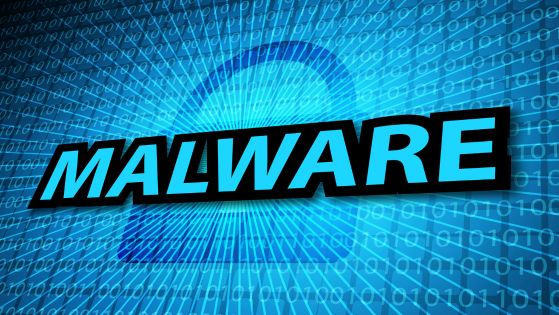Malware, or malicious software, is a type of software designed to harm or disrupt computer systems, networks, and devices. It can take many forms, including viruses, Trojan horses, worms, spyware, adware, and ransomware. Malware can cause a wide range of problems, from slowing down device to stealing personal information. So, common question is What’s a possible sign of malware. In this article, we’ll discuss some possible signs of malware on your computer or device.

What’s a possible sign of malware?
Slow Performance
One of the most common signs of malware is slow performance. Malware can consume system resources and cause your computer or device to slow down. You may notice that your computer takes longer to start up or that applications take longer to load. Your device may also become unresponsive or freeze. If you notice a significant decrease in performance, it may be a sign of malware infection.
Pop-Ups and Unwanted Advertisements
Malware can display pop-ups and unwanted advertisements on your computer or device. These pop-ups and ads may appear even when you’re not browsing the internet. Malware can also change your browser settings and redirect you to unwanted websites. If you notice an increase in pop-ups and ads, it may be a sign of malware infection.
Unusual Network Activity
Malware can generate unusual network activity on your computer or device. Malware may use your network connection to communicate with other computers or send spam emails. You may notice unusual network activity in your network logs or firewall logs. If you’re unsure how to check your logs, you can contact your network administrator or IT support team.
Unexplained Disk Activity
Malware can also cause unexplained disk activity on your computer or device. Malware may read or write data to your hard drive or SSD, even when you’re not actively using your device. You may notice the disk activity light on your device flashing, indicating that your device is working hard. If you notice unexplained disk activity, it may be a sign of malware infection.
Changes to System Settings
Malware can change your system settings without your knowledge or consent. Malware may modify your browser settings, change your desktop background, or install unwanted programs. If you notice changes to your system settings that you didn’t make, it may be a sign of malware infection.
Missing Files
Malware can delete or encrypt your files, making them inaccessible. Malware may also hide your files or move them to another location. If you notice missing files or folders, it may be a sign of malware infection.
Security Warnings
Malware can trigger security warnings on your computer or device. You may receive warnings from your antivirus software or your operating system about a potential malware infection. If you receive security warnings, it’s important to take them seriously and investigate further.
Unusual Error Messages
Malware can generate unusual error messages on your computer or device. These error messages may appear even when you’re not actively using an application. Malware may also generate fake error messages to trick you into clicking on a link or downloading an infected file. If you notice unusual error messages, it may be a sign of malware infection.
High CPU Usage
Malware can cause your CPU usage to spike, even when you’re not actively using your computer or device. You may notice your fan running loudly or your device becoming hot to the touch. If you notice high CPU usage, it may be a sign of malware infection.
Unusual Browser Behavior
Malware can modify your browser behavior and redirect you to unwanted websites. Malware may also install browser extensions or toolbars without your consent. If you notice unusual browser behavior, such as unexpected pop-ups, new tabs opening, or unusual search results, it may be a sign of malware infection.
Conclusion
In conclusion, there are several signs that may indicate a malware infection on your computer or device. These signs include slow performance, pop-ups and unwanted advertisements, unusual network activity, unexplained disk activity, changes to system settings, missing files, security warnings, unusual error messages, high CPU usage, and unusual browser behavior. If you notice any of these signs, it’s important to investigate further and take steps to remove the malware from your system.
You can use antivirus software to scan your system for malware and remove any infections. It’s also important to keep your operating system and software up to date to prevent malware infections. By staying vigilant and taking steps to protect your system, you can help ensure that your computer or device remains safe and secure.
